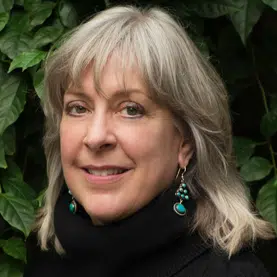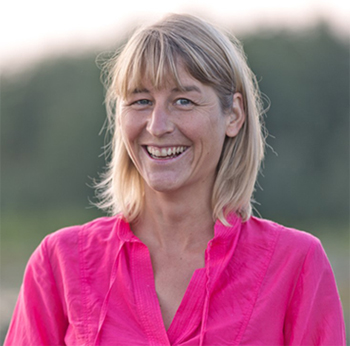
But once our forebears started farming, the amount of time devoted to ensuring they had enough food on their plates increased so much there was almost no time for sitting around the fire and exchanging stories. Industrialization was no help: time became even scarcer as workers slaved long hours in factories. It was only the people near the top or the bottom of the hierarchies of power—the superrich or the indigent monks—who were able to devote themselves to contemplation. Even now, it’s difficult to meditate and daydream creatively when your days are eaten up by text messages, e-mails, and laundry.
But the importance of daydreaming cannot be overestimated. James H. Simons, a math genius of breathtaking accomplishment who started a hedge fund that made him a billionaire and a major donor to scientific causes, attributes his success to pondering. “I wasn’t the fastest guy in the world,” he told The New York Times. “But I like to ponder. And pondering things, just sort of thinking about [them] turns out to be a pretty good approach.”
Gazing at the stars and imagining what might be has largely been replaced by working through an endless to-do list. Dreaming and just being have been pushed aside in the name of doing. Technology gives us access to plenty of information—as long as we’re close to a wireless hot spot, any point of contention can be settled instantly by pulling out a digital device and doing a search. What we lack is the capacity to tame all that information and experience true wisdom. Information compels us to take action—to buy, sell, perform. Wisdom compels us to dream.
Cats are masters of meditation. Have you ever watched a cat lounging in the sun? They know perfect relaxation. A jaguar in the rain forest perches on the lower branches of a tree and watches the world go by, undisturbed by the monkeys and the macaws, completely at ease yet totally alert, with only the tip of its tail twitching now and then.
With our hectic lives today, being still feels next to impossible. We’re so used to multitasking and tracking continual input from our electronic devices that quieting the mind for more than a few seconds is a Herculean task. It is the nature of the mind to jump about, and the overactive mind has been the focus of meditation masters since ancient times. But our minds today are the product of a toxic brain, and even more restless, flitting from topic to topic with dizzying speed.
The Grow a New Body program described in my newly released book of the same name emphasizes the importance of detoxification and a clear, calm mind. There are several ways to calm the mind, including daydreams, meditation, deep contemplative study, music, and prayer—all of which can induce a similar response. One of the meditations included in the book involves meditating with the breath:
Sit in a darkened room with a small candle lit before you. As you gaze at the candle, note that your awareness is like the flame, darting here and there, blown first in one direction and then another.
Invite your mind to be the observer as you focus on your in-breath. Find the space at the top of the breath where the lungs are comfortably full and pause there for an instant, silently repeating: I am…
As you exhale, notice how your breath stirs the flame ever so slightly. Release all the air in your lungs, and at the bottom of the breath, pause for an instant and silently repeat: My breath…
I am my breath. Continue the exercise for five minutes. As you become more comfortable sitting still, gradually increase the duration of your inhalation and your exhalation.
Research has shown that meditation results in longer telomeres, the end-caps of chromosomes that protect the integrity of DNA and determine health and longevity. Just as stress switches on the genes that create cardiovascular disease and cancer, the serenity of meditation switches on the genes for a long and healthy life.
Grow a New Body, now available online and at your favorite bookstore, guides you through the process of healing the body and mind with the goal of attaining a health span that equals your life span.







